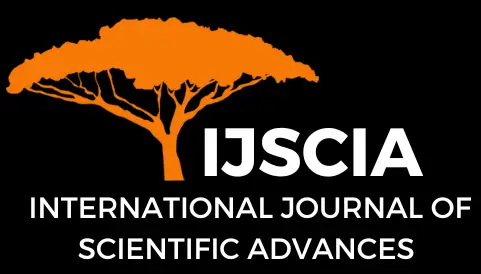MPD Thruster Technology and Its Limitations
Samarth Patel1*, M.S.R. Bondugula2 and Srilochan Gorakula3
Abstract
It was realized earlier that chemical propulsion systems utilize fuel very inefficiently, which greatly limits their lifespan. Electric propulsion is into existence to overcome this limitation of chemical propulsion. The magnetoplasmadynamic (MPD) thruster is presently the most powerful form of electromagnetic propulsion. It is the thruster’s ability to efficiently convert MW of electric power into thrust which gives this technology a potential to perform several orbital as well as deep space missions. MPD thruster offers distinct advantages over conventional types of propulsion for several mission applications with its high specific impulse and exhaust velocities. However, MPD thruster has limitations which limits its operational efficiency and lifetime. In this paper, the thruster limitations are reviewed with respect to three operational limits i.e., the onset phenomenon, cathode lifetime, and thruster overfed limits. The dependence and effects of the operational limits on each other is compared using different empirical models to derive a scaling factor that has been found for each geometrical arrangement; a limiting value exists beyond which the operation becomes highly unsteady and electrode erosion occurs. Along with reviewing and proposing methods to overcome power limitations for MPD thrusters, the relation between exit velocity and ratio of electrode’s radius is also verified using Maecker’s formula.
Keywords:
Magnetoplasmadynamic; Propulsion; Onset Phenomenon; Cathode Lifetime; Overfed
Cite This Article
Patel, S., Bondugula, M. S. R., Gorakula, S. (2021). MPD Thruster Technology and Its Limitations. International Journal of Scientific Advances (IJSCIA), Volume 2| Issue 4: Jul-Aug 2021, Pages 578-586 , URL: https://www.ijscia.com/wp-content/uploads/2021/08/Volume2-Issue4-Jul-Aug-No.131-578-586.pdf
Volume 2 | Issue 4: Jul-Aug 2021



